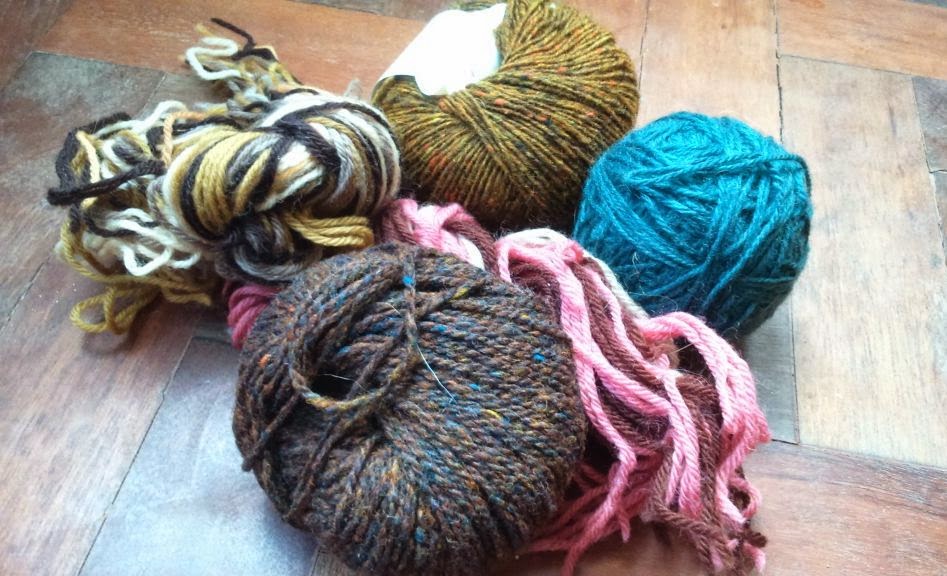Have you ever marvelled at beautiful afghan blankets made from crochet granny squares, or patchwork quilts made from a myriad of scrap pieces of fabric? A truly kaleidoscope effect can be made with some careful arrangement and planning of colours and shapes. Log cabin squares, with light strips of fabric on one side of the square and dark strips on the other, stitched together create a subtly striped effect: so clever.
But, what if you don’t want to plan? Sometimes planning stops you in your tracks. So, you think you might start something, but maybe next week when you have more time to think about it. And, you’re in ‘stall’ mode. Perhaps for these reasons?
- You need to rummage through the crates of yarn or fabric in your loft or spare room. Yes, crates. A crafter often accumulates supplies by the crate load. What if, despite the mountain of scraps and offcuts you still only have almost enough yarn or fabric of the right colour or texture to create the masterpiece design you have settled your eyes upon, but, you suspect, not quite?
- On the other hand, you might be new to this game and have to start buying from scratch – daunted by so many colours to think about
- Not to mention the cost. Buying all the materials at once for a large project might strain the bank balance
The answer might be……..Quit the planning and jump right in.
I have yarn and fabric scraps, but I’m starting with yarn and crochet as a break from sewing. New yarn, old unravelled yarn and a crafty find from a charity shop – bunches of tapestry yarn which would suffice for short rounds at the centre of granny squares. This is the ideal way to use up odds and ends, and with no need to calculate exact quantities of each, for this afghan is going to be, well, random(ish) and homespun. The same could apply to a patchwork quilt. It doesn’t have to have a planned design.
Perhaps the planning is suspended and spread through the process, as after all, random pieces need to look right and get on together.
Just start, even if you don’t know where you’ll end up. With these traditional granny squares, some might not make it into the final blanket if they look like they don’t get on with the others. But that’s ok – they might live to see another day as part of something else.
If you’re unsure how to arrange your pieces as you go, you could always mimic the approach of frame quilts. Start with one piece, or a group of similar pieces, and build around it, adding new colours or shapes, frame by frame, like this one (Joanna Southcott’s quilt).The advantage is that you can buy, find or unearth yarn as you go. Granny squares are portable too: great for a project on the go (for fiddling around with while waiting in dentists’ waiting rooms, travelling on the train or other circumstances that might have you twiddling your thumbs and sighing at the passing of time). Patchworking using a hand-sewn method like English Paper Piecing is apparently fairly portable too.
There are no rules, except to start.


For years, I've been planning a runner for my hall – knitted. I'm not sure it'll be hardwearing enough with the acrylic DK I tend to have in my stash…which means buying new. Perhaps I'll just go for a random approach and think blanket rather than runner…
I'd say yes, the random approach tends to work better with odds and ends of wool. As for the runner, acrylic DK might be hardwearing enough if you knit it up at a tighter tension than the usual tension for DK knitwear (try smaller needles, or if you have enough yarn, double it up). I've done that before when making a knitted bag. Choosing a stitch that has some rigidity would help too, like a moss stitch. Have fun…